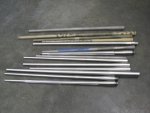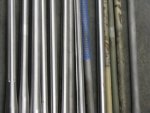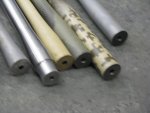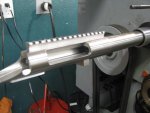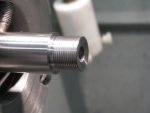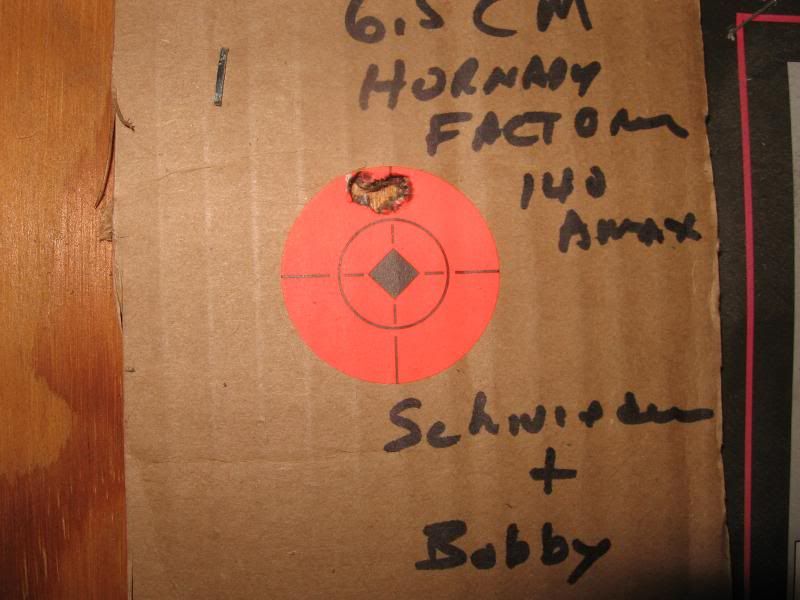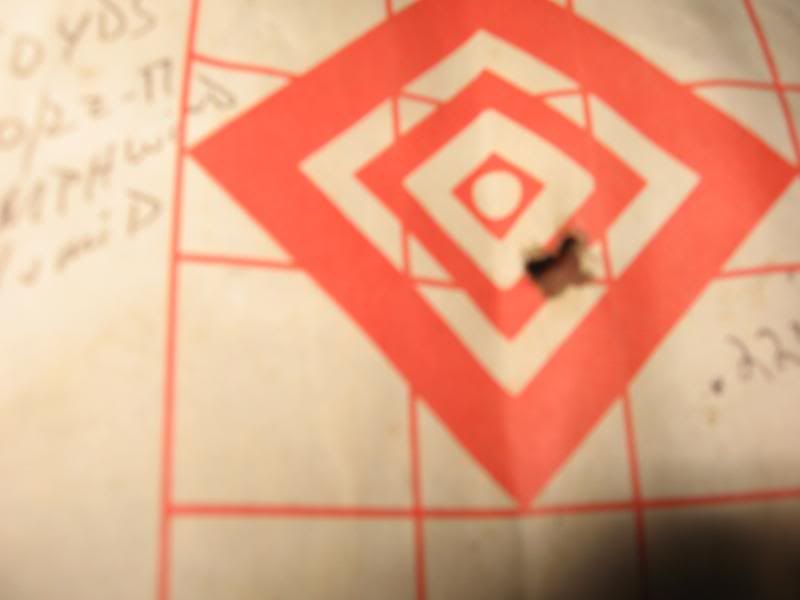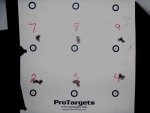A big shop like that has huge overhead and must produce in volume or they can't survive. The faster the production goes the more compromises must be made. The guys running those lathes were most likely on a broom not that long ago.
Check out this curved barrel video by jonaddis84.
That's some silly shit! Doubt Savage would send out an unthreaded blank. Lost a lot of faith in jonaddis84.

